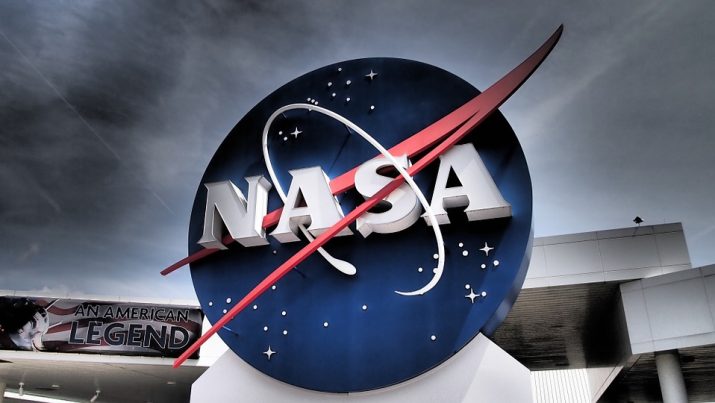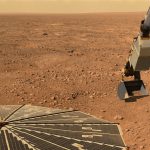
NASA thinking about performing a flight test of a nuclear reactor to the moon by the mid-2020s
Tuesday, June 12, 2018 by Edsel Cook
http://www.ufos.news/2018-06-12-nasa-thinking-about-performing-a-flight-test-of-a-nuclear-reactor-to-the-moon-by-the-mid-2020s.html

Now that NASA has finished testing its new nuclear reactor on the ground, it is aiming its sights a lot higher. The space agency is considering fitting the Kilopower system onto a moon-bound lander for its first flight test in the middle of the 2020s, an article in Space News states.
In a recent press conference, NASA officials and their counterparts from the National Nuclear Security Administration (NNSA) reported that the Kilopower design passed all trials. The small reactor was able to generate one to 10 kilowatts of electrical energy without any dangerous complications.
Testing took place at the secure Nevada Test Site from November 2017 to March 2018. The project received the label KRUSTY, which is short for “Kilowatt Reactor Using Stirling TechnologY.”
The final trial had Kilopower brought to full power and running continuously until the end of a 28-hour period. NASA reported that the unit hit all the marks set for it.
Marc Gibson, the project’s lead engineer, said the reactor ran exactly as designed and planned. He believed Kilopower will perform well in any environment. (Related: NASA successfully completes first test of compact nuclear power system that could power a human base on Mars.)
Kilopower nuclear reactors will energize moon and Mars missions
At the heart of the Kilopower reactor is a core of uranium-235 fuel. As the nuclear material undergoes radioactive decay, it gives off heat that is absorbed by sodium heat pipes.
These pipes passively carry the heat to Stirling engines, which use it to generate electrical energy. Extra heat is vented through radiators.
NASA has recently made significant investments in compact nuclear reactors. They want the technology to provide a reliable supply of power for future missions to the moon and Mars.
Nuclear reactors would be able to run throughout the two-week-long lunar night. They would also work inside certain lunar craters that have never experienced the light of the sun.
They would bring the same reliability to Mars, where solar power is even more handicapped. A nuclear reactor would be immune to the intense dust storms that often sweep across the face of the Red Planet.
NASA senior official Jim Reuter stressed the importance of bringing large, non-solar power sources to the moon and Mars for long-term missions, especially manned missions. To achieve this, he and his colleagues want to test the Kilopower reactor in space at some point.
“That’s our goal, to take what we’ve learned from this experiment and then go into a flight demonstration,” explained NASA engineer Gibson. “We don’t foresee needing any more ground demonstrations on this particular system.”
NASA is considering testing its new nuclear reactor on a future lunar lander
NASA has not yet officially confirmed a flight test for Kilopower. The agency’s experts would need to determine the specifics of such a momentous demonstration.
In the meantime, Reuter said NASA will be spending the next 18 months preparing for the trial. He also brought up the prospect of installing a Kilopower reactor aboard a medium lunar lander. A lander is one of the potential elements of the agency’s campaign to return to the moon.
“Our vision for this is that it’s a great application to put it on the mid-sized lander in the mid-2020s timeframe,” said Reuter. “It would be an enabler for a lot of the surface operations that we would want to do.”
NASA gave no hint of the potential expense that would go into a nuclear powered-flight test. Reuter did disclose that the Kilopower project has cost the agency $20 million as of May 2018.
Stay tuned to NASA’s impending – and possibly nuclear-powered – return to the Moon at Space.news.
Sources include:
Tagged Under: Tags: flight tests, Kilopower, Kilopower reactors, lunar lander, Mars, Mars missions, Moon, NASA, nuclear power, nuclear reactors, Space, space missions, Stirling engine





